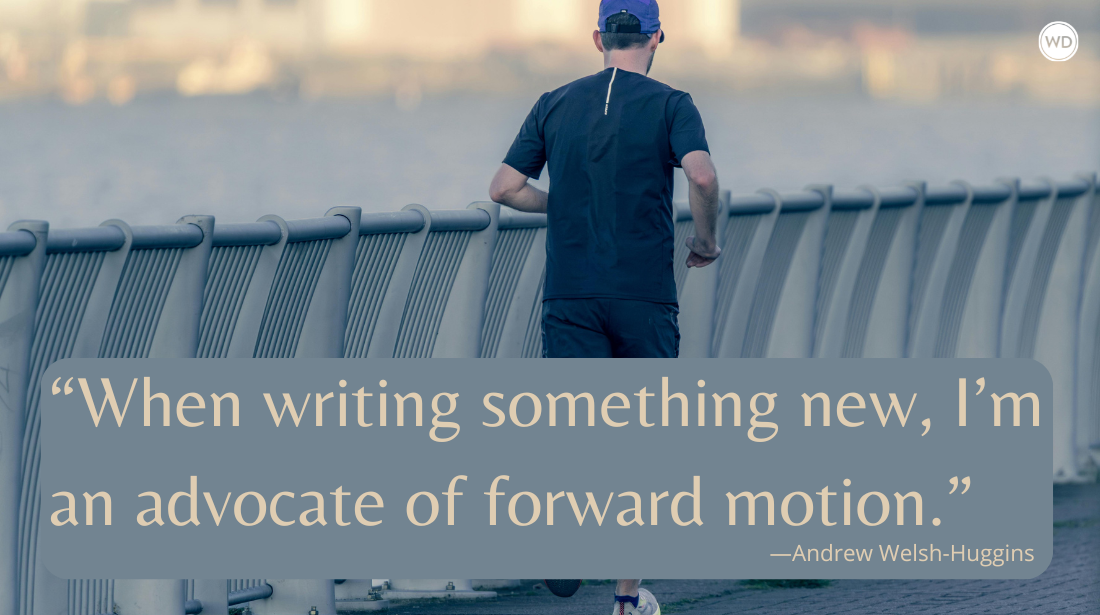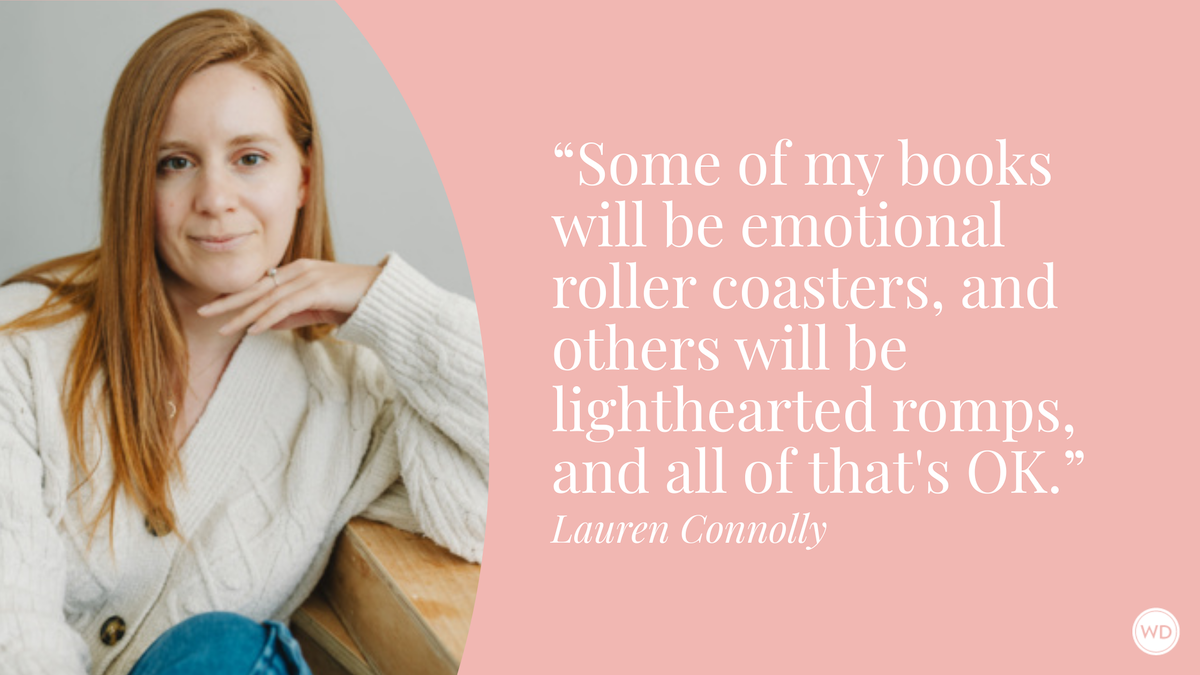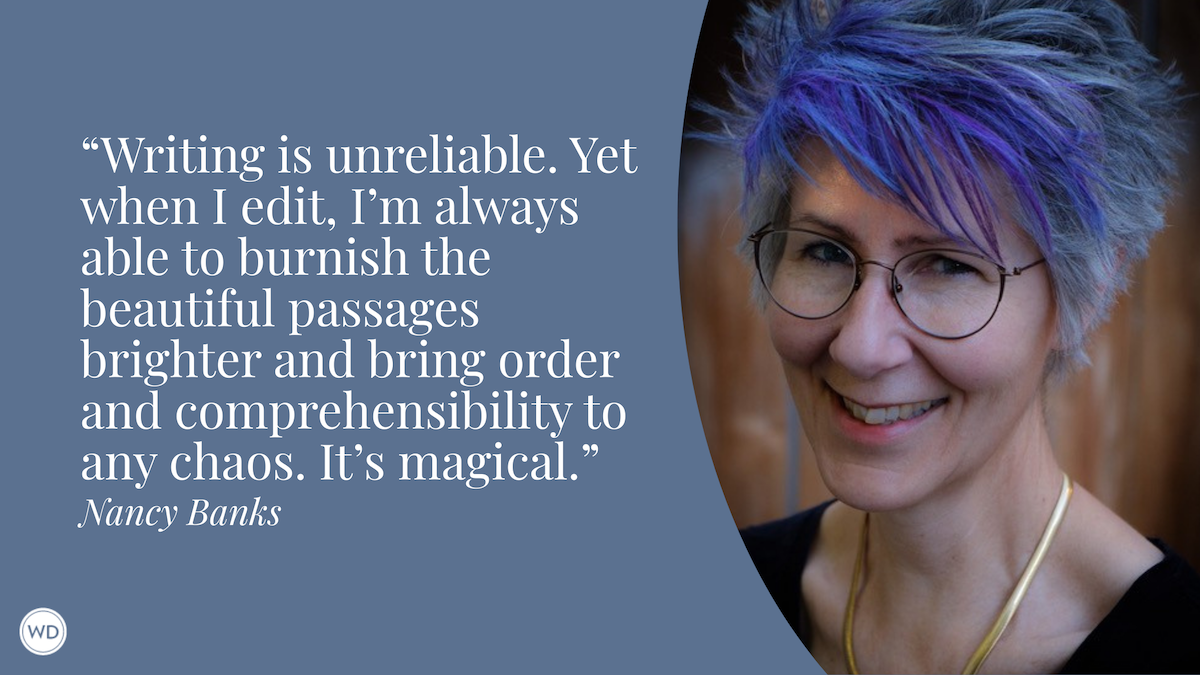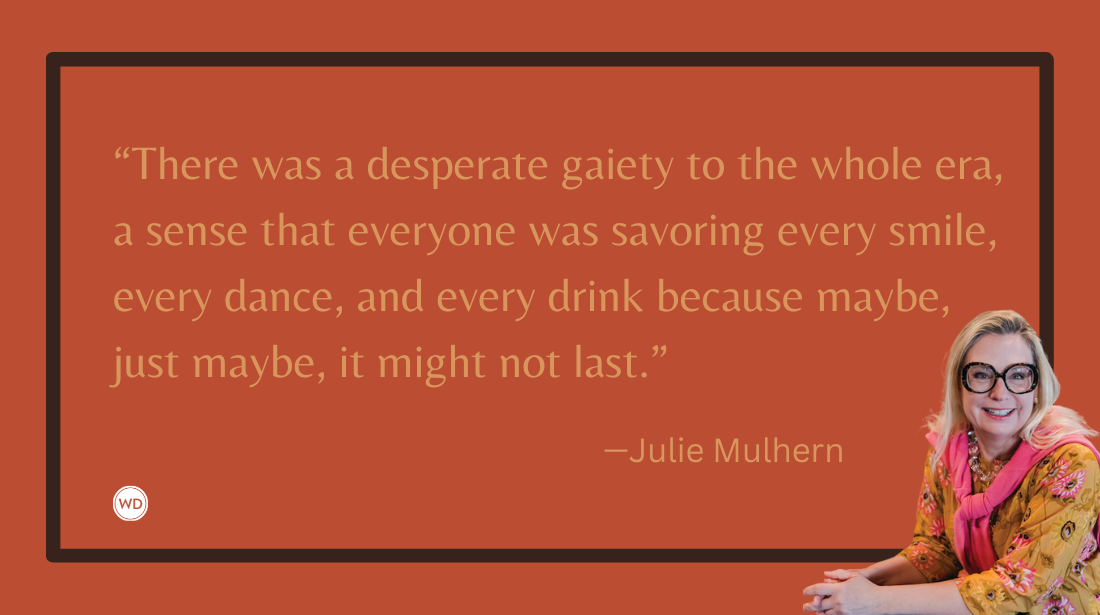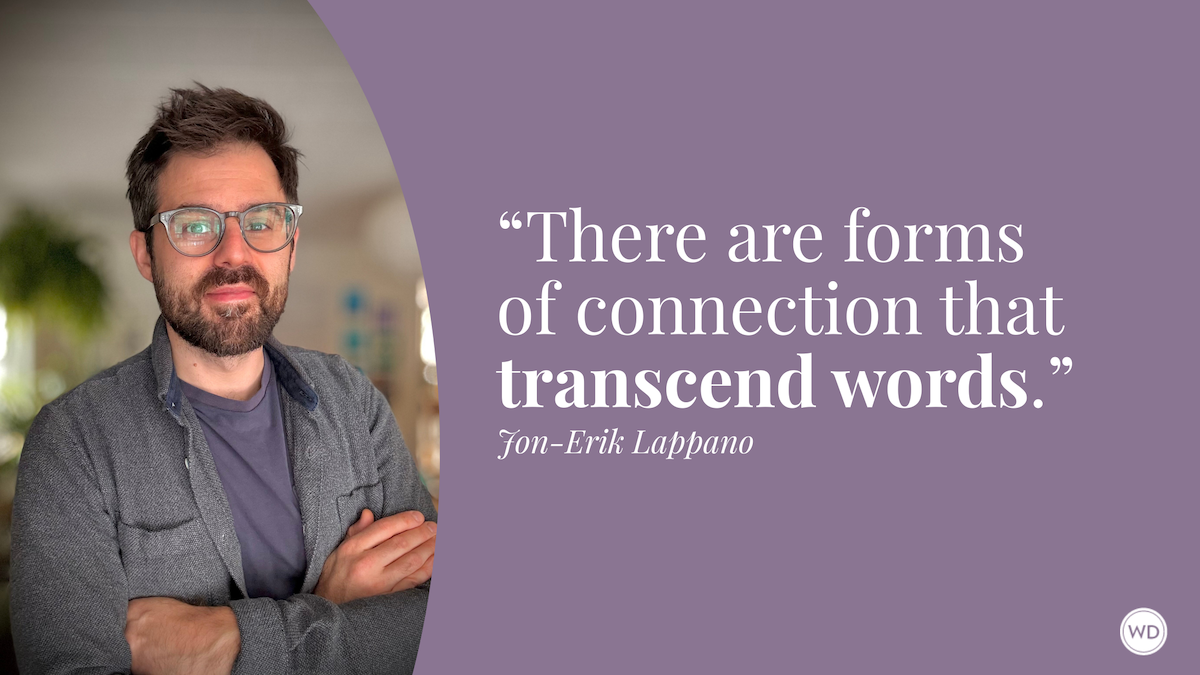FightWrite™: Blocking Fight Scenes with a Map
Trained fighter and author Carla Hoch discusses mapping out fight scenes by starting at the end.
Getting anywhere is easier with a map. This is especially true when blocking fight scenes. As a writer, you have to approach the battle the same way a commander would: with the end in mind.
Before going to battle, battle plans are made. Those plans create a strategy that keeps troops' movement unified toward a damage goal. Even if that damage goal is ultimately not achieved, it still determines how troops deploy.
The same holds true for a fight on the page. The blocking of a fight scene should be centered around the damage the manuscript requires. Because, just as with real battle strategy, in blocking a fight scene, it is the end that determines the means.
IndieBound | Bookshop | Amazon
[WD uses affiliate links.]
In this post, we are going to map the physical movements of the scene—the route we are taking to injury.
With any map, you are shown the area around the route you are taking. You can’t drive north if there is an ocean there. It’s the same with a fight scene. You must know where the fight is taking place to know if the blocking is possible. So, first, decide where the fight is happening. It has a direct impact on the moves. And list everything in that area that may help or impede the action.
Once we have the site of the altercation nailed down, we can start charting movements. Doing all of this, looking at each piece individually, allows us to break the whole into its smaller parts. We are going to reverse engineer this thing.
The first item we will map is our destination—our damage goal. From there we will move backward. On the note of damage, be sure that it suits the scene and serves the story. If a character needs a black eye, don’t go at them with a mace. While the mace may suit your epic fantasy, it doesn’t serve the story because a mace will knock a mud hole in a skull and that isn’t what we are going for.
Aim to achieve your injury goal as easily as possible. That not only allows the reader to more easily follow the action, but, also, the more complicated the route, the less focus there is on the destination. It’s that injury we want to focus on for several reasons:
- It keeps attention on the character with the injury
- It gives us the opportunity to add in sensory details such as pain
- It connects the reader to the scene because every reader, regardless of fight knowledge, understands pain
I will do another post on determining the best injury for the scene. For now, let’s make that injury goal a black eye. We will put the injury goal at the end and walk backward noting three movements. The squares refer to “B,” the injured character. The circles are “A,” the character who injures. Above the map, note the site of the fight and anything that might be in that area.
From the damage goal, draw little branches with movements that could achieve it.
From these movements, branch more ideas including the problems associated with them that might preclude them from being an option for the scene. For example, falling and hitting the face might also break the cheek bone or nose. The same can hold true with the other options, but those are also items that fit more directly into that orbital bone area. A floor, however, is flat and will hit the entire side of the face.
One of my mantras is “how can I make this easier?” So, let’s pick an easy option that people are familiar with. We will achieve the black eye with a punch. Don’t worry about what kind.
Now we fill in the other spots with fight moves. For now, don’t worry if they make sense.
Once we have the movements down, write the positioning of the body before and after each.
And here we see our first problem. If person A tackles person B, and they are both on the floor, the shove won’t be possible. We have to change one of those. I will change the movement of B to a choke because that can happen on the floor from many positions. But because B is tackled, he is likely on his back as that’s the trajectory of the movement.
Once the movements agree, make a list of sensory details. If you were standing in the scene of the fight, what might you see, hear, smell, and feel physically? Don’t include emotional words, as adrenaline dulls emotions.
Also, remember the location of the fight. What might get in the way? What might be knocked over or broken? If it is first person, what might the character taste? Pick items off the list and write them down on the map where they make sense. For example, it makes sense that when character B is tackled, the two characters run into cabinetry or trashcans.
Ok, here we go. Now you have a ton of information that you can use. Or not! You don’t have to use all or anything that you’ve mapped. It may be that the map got your brain going in another direction and that is great! The map did its job. Regardless, you now have something visual in front of you to work with. Look the map over and see what else you can add, maybe some dialogue or details that are only now popping into your head. Then, let’s see what we can put together. A is Al. B is Bob.
****
Al drove his shoulder into Bob’s stomach and the two went to the floor. Bob’s head hit the kitchen tile with a low-pitched smack.
Time turned viscous behind a field of stars as Bob’s eyes scanned the kitchen, narrowing his eyes to focus. He looked up at Al. Veins rolled fat and thick on Al’s temples as he looked down. The sound from his quickly moving mouth was muffled behind the static in Bob’s brain.
A slap pitched Bob’s head to the side. The cold tile against his cheek and ear pulled him away from the swirling vacuum in his skull. He gripped Al’s throat with both hands. Al’s eyes opened wide. He flailed against the grip, gurgling, spitting and hissing.
Bob’s arms and hands were heavy and numb. He narrowed his eyes, focusing them on his thumbs pressing down on the bony give of Al’s Adam’s apple.
From the corner of his eye, Bob saw Al’s fist.
The world splashed black.
****
Well, there you have it. Now, go through that short scene. Circle what you like, cross out what you don’t. How would you reconstruct it? What opportunities were missed? What images stick with you. Make that scene your scene. Re-map it, rework it until you are sitting on the cold kitchen floor watching it first-hand.
I hope this helps. Give mapping a try. The process of reverse engineering is great for folks who need a visual or struggle to get the scene out of their head.
And, hey, thank you to all who attended my session at the recent online conference. I hope to see you soon at the WD Novel Writing Conference in California, or next year in the Big Apple!
Until the next round at FightWrite™ on the WD blog, get blood on your pages.
Carla Hoch is the award-winning blogger of FightWrite® and author of the Writer’s Digest book Fight Write: How to Write Believable Fight Scenes. She is a WDU instructor who regularly teaches on the craft of writing fight scenes, action, and violence as well as the mechanics of fighting for writers. Carla is a world champion jiujitsu player and has experience in almost a dozen fighting styles. She lives and trains outside Houston, Texas.





